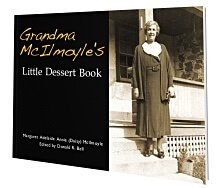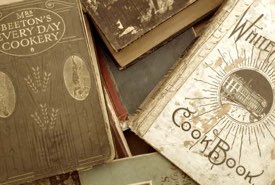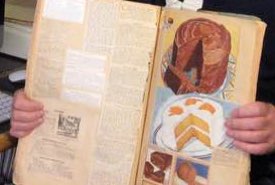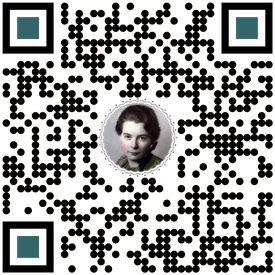- Home
- Student Culinary Projects
Culinary Arts Project Ideas
Students and teachers are finding that the old fashioned dessert recipes and articles on this website are a handy resource for culinary arts project ideas and for writing classroom essays on historical recipes and cooking methods.
Resource for Culinary Arts Project Ideas
 Students Working on Their Culinary Arts Projects
Students Working on Their Culinary Arts Projects(Source: ©GeorgeRudy/Depositphotos.com)
The Navigation Menu above (below on mobile) lists a wide variety of old fashioned dessert recipes, often with historical and nostalgic background notes that you'll find helpful when researching culinary projects.
Whether you're researching the history of family recipes, the origin of a popular dessert, or noteworthy celebrity chefs of the past, it's all here. And if you're having difficulty finding something, be sure to try Dessert Finder.
Want recipes that are truly historic? There are Authentic Renaissance Desserts from the collection of England's Queen Henrietta Maria (1609-1669).
The Glossary of Renaissance Cooking defines historical cooking terms, and the brief History of Sugar in England reveals that recipes in Medieval Britain called for greater quantities of imported sugar than most people realize.
The collection of nineteenth-century Kitchen and Cooking Tips can add items of interest and flavor to your culinary reports.
And, you can instantly download a PDF recipe book of old fashioned recipes for FREE simply by subscribing to my newsletter.
You'll find additional project resources listed below.
How to Cite a Webpage
 Student Researching Vintage Recipes
Student Researching Vintage Recipes(Source: ©123rf.com/yuri-arcurs)
Several students have asked how to properly cite the online recipe pages and articles in a bibliography. So, to make it easier for aspiring authors, here's how to cite a website article using the popular MLA style guide:
Author's Last Name, First Name. "Page Title." Website Title. Publisher, Publication Date. Medium. Date Accessed.
- The "Author's Name" is the creator or author of the webpage [Bell, Don], written last name first.
- The "Page Title" is usually found at the top of the webpage, and it should be placed within quotation marks, with a period placed before the last quotation mark.
- The "Website Title" is the domain name [Homemade-Dessert-Recipes.com], which is italicized, followed by a period.
- The "Publisher" [Don Bell] is found listed in the copyright notice in the page's footer.
- The "Publication Date" is often not available, so substitute "n.d." instead.
- The "Medium" is the Web.
- The "Date Accessed" is the date which YOU accessed the website, and it's written using the international format of "day month year" using a three-letter abbreviation for the month, followed by a closing period after the year.
For example, here's how you would cite the article on this page using today's date:
I hope you find the information on this website helpful, and I wish you every success with your culinary arts project.
You May Also Like
 Baking Grandma's Homemade Cookies for Show and Tell
Baking Grandma's Homemade Cookies for Show and Tell(Source: ©iphemant/Depositphotos.com)
Throughout the pages of this site, you'll discover a wide variety of old fashioned dessert recipes and articles that can suggest culinary project ideas for students. Also see the following resources.

Sign Up now for GRANDMA'S DESSERT CLUB and download your FREE PDF COPY of Grandma McIlmoyle's Little Dessert Book. Also receive my regular Bulletin featuring classic recipes and nostalgia.



